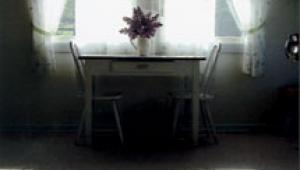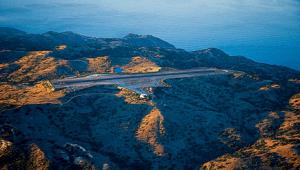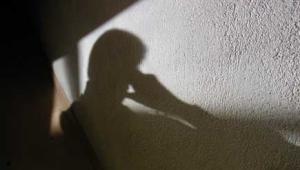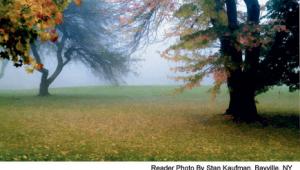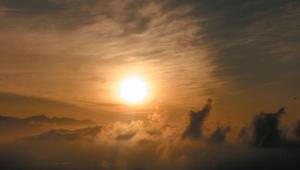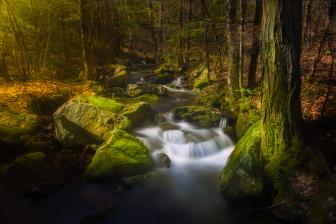Striking Sunsets; 5 Tips For Shooting At Magic Hour Page 2
Use A Long Lens To Capture A Big Sun
You can render the setting sun as a large solar disk by using a long lens. Use
the telephoto setting on your camera's built-in zoom lens, or use a long
lens in the 100--500mm range if using an SLR with interchangeable lenses.
Be careful to keep the sun out of the frame while you meter the sky at sunset.
To meter correctly, focus on an area of the bright sky to the left or right
of the sun itself, partially depress the shutter button to lock in the exposure,
and then recompose your photo to place the sun where you want it. Haze and clouds
enhance sunsets by diffusing the light and adding color.
 |
|
|
City Lights
To photograph a cityscape after sunset, find a good vantage point during the
daytime and return later to capture the best light. Start shooting and watch
how the light changes as the sky gets darker and the lights in buildings become
more visible. It's a good idea to take lots of pictures, because there
will be a point when the light in the sky and the city lights are more evenly
balanced, and you'll get detail in both.
Look for other subjects that provide dramatic night lights, such as amusement
parks, neon signs, bridges, monuments and statues. You'll get the best
results by shooting before the sky gets totally dark.
 |
|
|
Five Tips In Brief
· Use a camera support for optimum sharpness.
· Find simple objects to render as silhouettes.
· Use a telephoto lens for a large sun.
· Photograph city lights at dusk.
· Shoot lots of pictures.
- Log in or register to post comments




